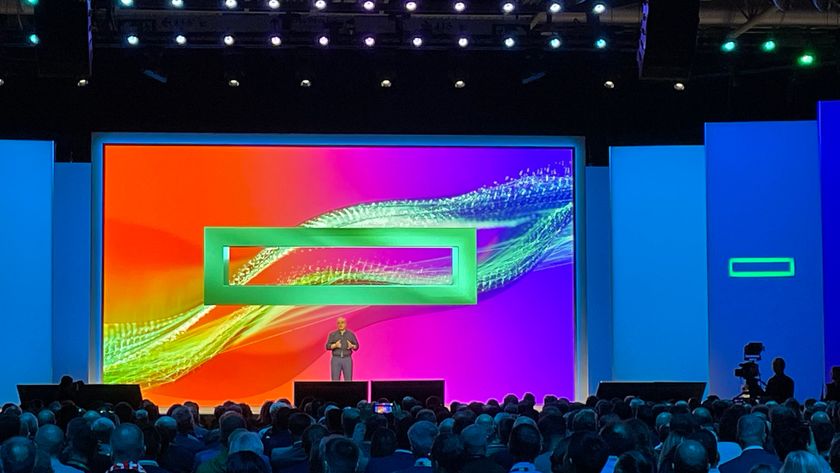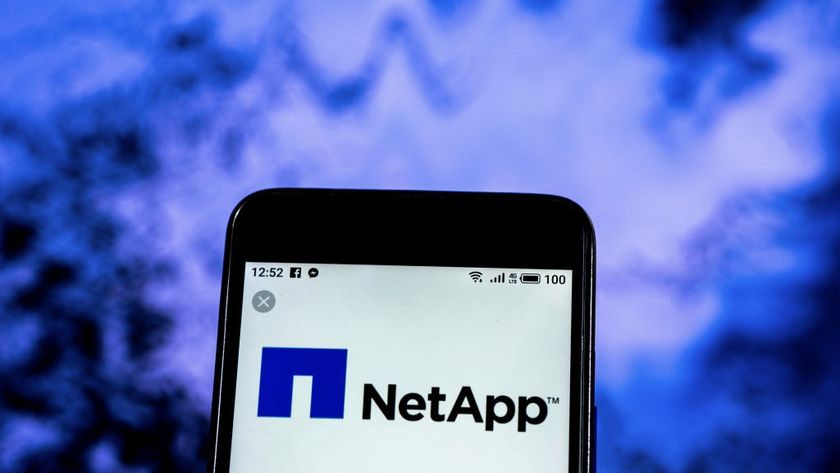Internal expansion options are extremely good. The main board has 10 PCI-e slots with a range of speeds. Two of these support hot-plug cards and all are free for use, since the RAID card has its own dedicated slot just note that all CPU sockets must be populated if all 10 slots are to be used.
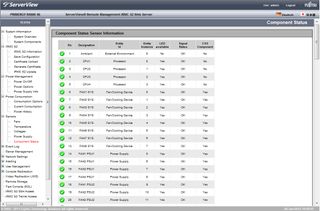
The embedded iRMC S2 controller provides plenty of status information about critical components.
Fujitsu's proprietary comms card sits along side the RAID card and sports quad Gigabit ports with TOE (TCP Offload Engine), plus monitor, USB and serial ports. It also incorporates Fujitsu's iRMC S2 controller, which provides a dedicated service port and remote management access to the server.
Processor options are good too, and Fujitsu offers all six Xeon E7-48xx models, plus the 2.67GHz Xeon E7-8837 if more speed is required. Opting for a pair Xeon E7-2803 or E7-2850 modules can cut some costs, but this is a false economy as two CPU sockets will be wasted and the processors would have to be removed in order to upgrade to a four-CPU set-up.
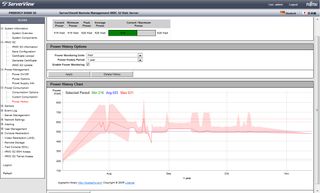
Power usage can be monitored from the web interface and it also provides historical graphs for up to a year.
The RX600 S6's web interface offers plenty of information about critical components and provides full access to the power supplies for remote power switching and resets. The interface also shows power usage and historical graphs are available for the last 12 months.
Remote access isn't a standard feature, but the price quoted here includes Fujitsu's iRMC advanced upgrade that adds full KVM-over-IP to the mix, plus virtual media services allow a device on the guest system to be designated as storage or boot media.
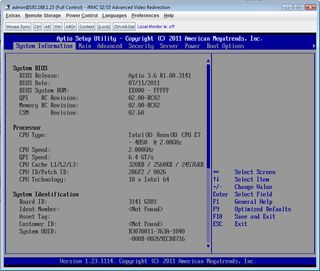
The iRMC S2 advanced upgrade provides KVM-over-IP remote control and virtual media services.
The Fujitsu RX600 S6 doesn't have the same internal storage potential as Dell's PowerEdge R910 server, but it has a similar expansion potential and equally good hardware redundancy. It also beats Dell on value, as the R910 with the same specification as the RX600 S6 reviewed here costs around 2,000 more.
The only drawback is Fujitsu's current lack of 32GB DIMMs, which limits the RX600 S6 to a maximum of 1TB. Dell wins out here as it offers these for the R910 although you'll need deep pockets, as 64 of them will add over 100,000 to the asking price.
Verdict
Fujitsu’s Primergy RX600 S6 offers a firm foundation for virtualisation and mission critical apps as it’s well designed with good expansion potential and redundancy plus low power consumption. It’s better value than Dell’s PowerEdge R910, but its memory capacity is limited to 1TB until Fujitsu makes 32GB DIMMs available.
Chassis: 4U rack
CPU: 4x 2GHz Xeon E7-4850
Memory: 64GB LV DDR3, expandable to 1TB
Memory boards: 4 (8 max)
Storage: 1x 147GB Fujitsu 15000RPM SFF SAS 6Gbit/s hot-swap hard drive (max 8)
RAID: Fujitsu SAS CTRL 5/6 RAID PCI-e with 512MB/BBU
Array support: RAID 0, 1, 10, 5, 50, 6, 60
Expansion: 10x PCI-e slots
Network: 4x Gigabit with TOE
Power: 4x 850W hot-plug supplies
Management: Fujitsu iRMC S2 with 10/100 port & Advanced upgrade
Software: Fujitsu ServerView Suite software
Warranty: Three-year on-site NBD
Dave is an IT consultant and freelance journalist specialising in hands-on reviews of computer networking products covering all market sectors from small businesses to enterprises. Founder of Binary Testing Ltd – the UK’s premier independent network testing laboratory - Dave has over 45 years of experience in the IT industry.
Dave has produced many thousands of in-depth business networking product reviews from his lab which have been reproduced globally. Writing for ITPro and its sister title, PC Pro, he covers all areas of business IT infrastructure, including servers, storage, network security, data protection, cloud, infrastructure and services.

